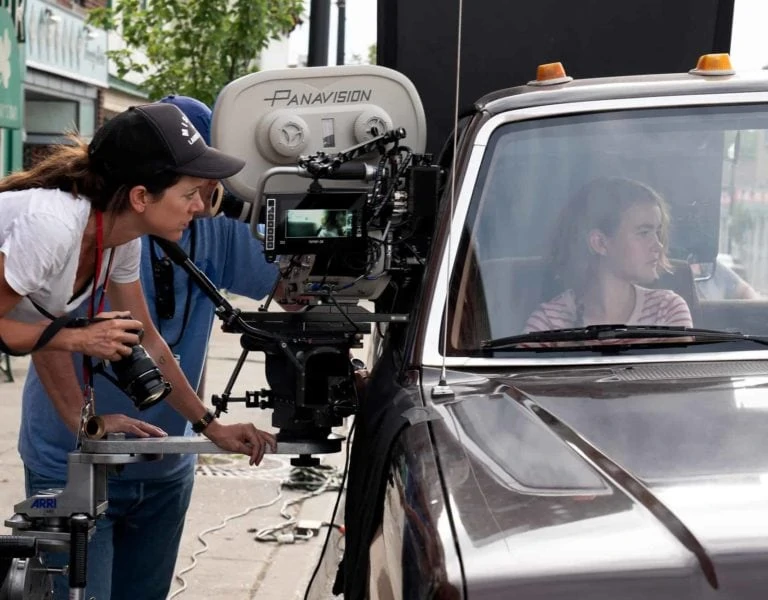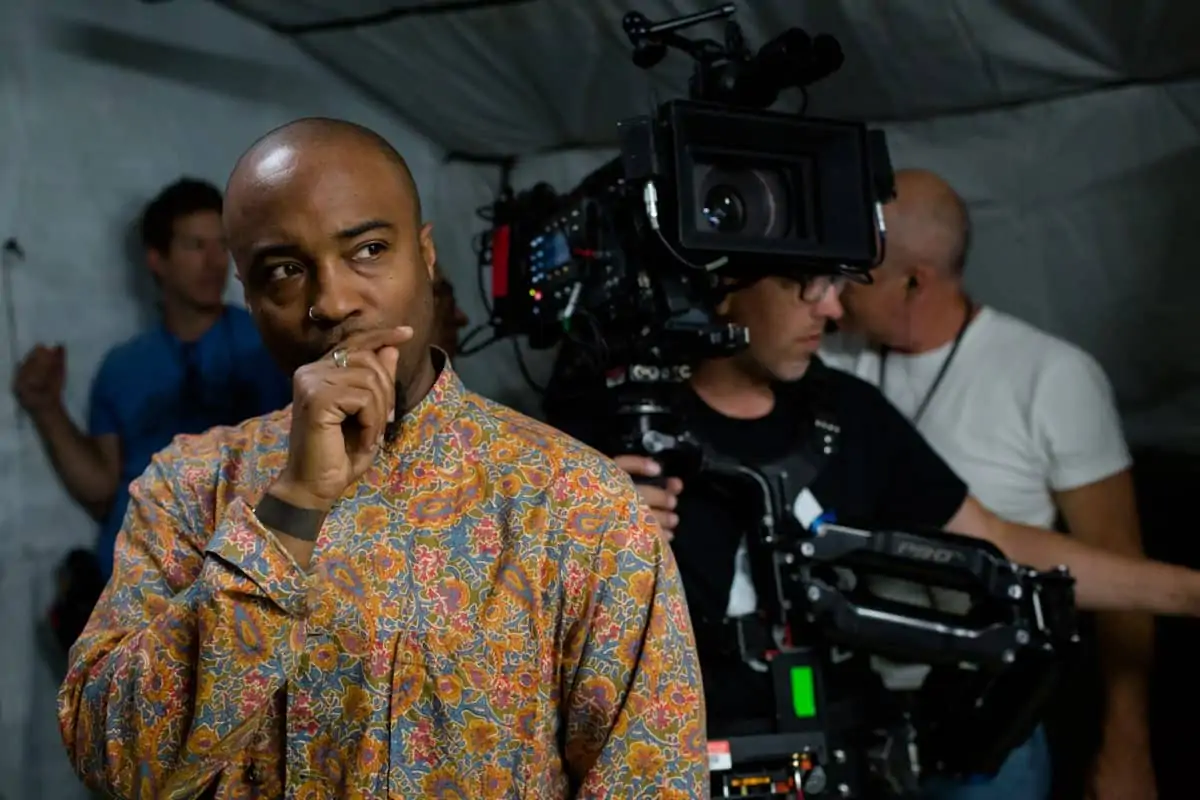Past, Present & Future
Special Report / Cinematography Part 1
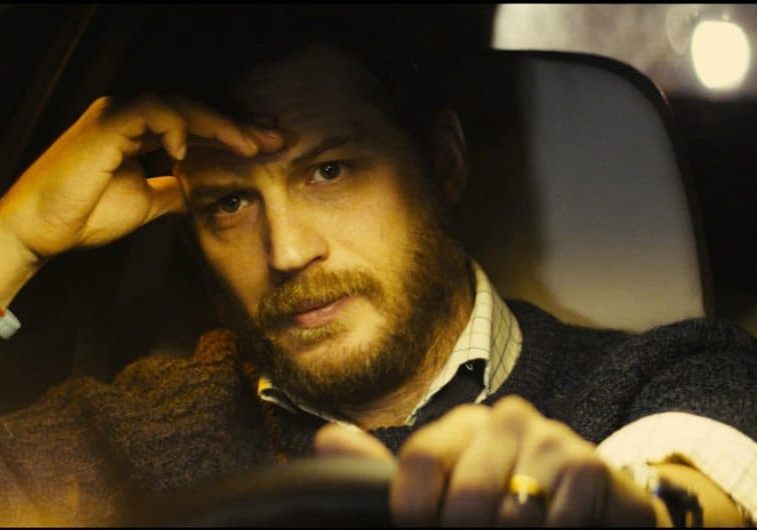
Past, Present & Future of Cinematography
Special Report / Part 1
There’s been a great deal of change during the time since British Cinematographer magazine first launched in 2004, so we asked leading cinematographers around the world to give us their takes on the past, present and future of this highly creative role in the filmmaking process…
First published in British Cinematographer magazine issue 65 - September 2014
- Barry Ackroyd BSC -
United 93 (2006), The Hurt Locker (2008), Coriolanus (2011), Captain Phillips (2013)
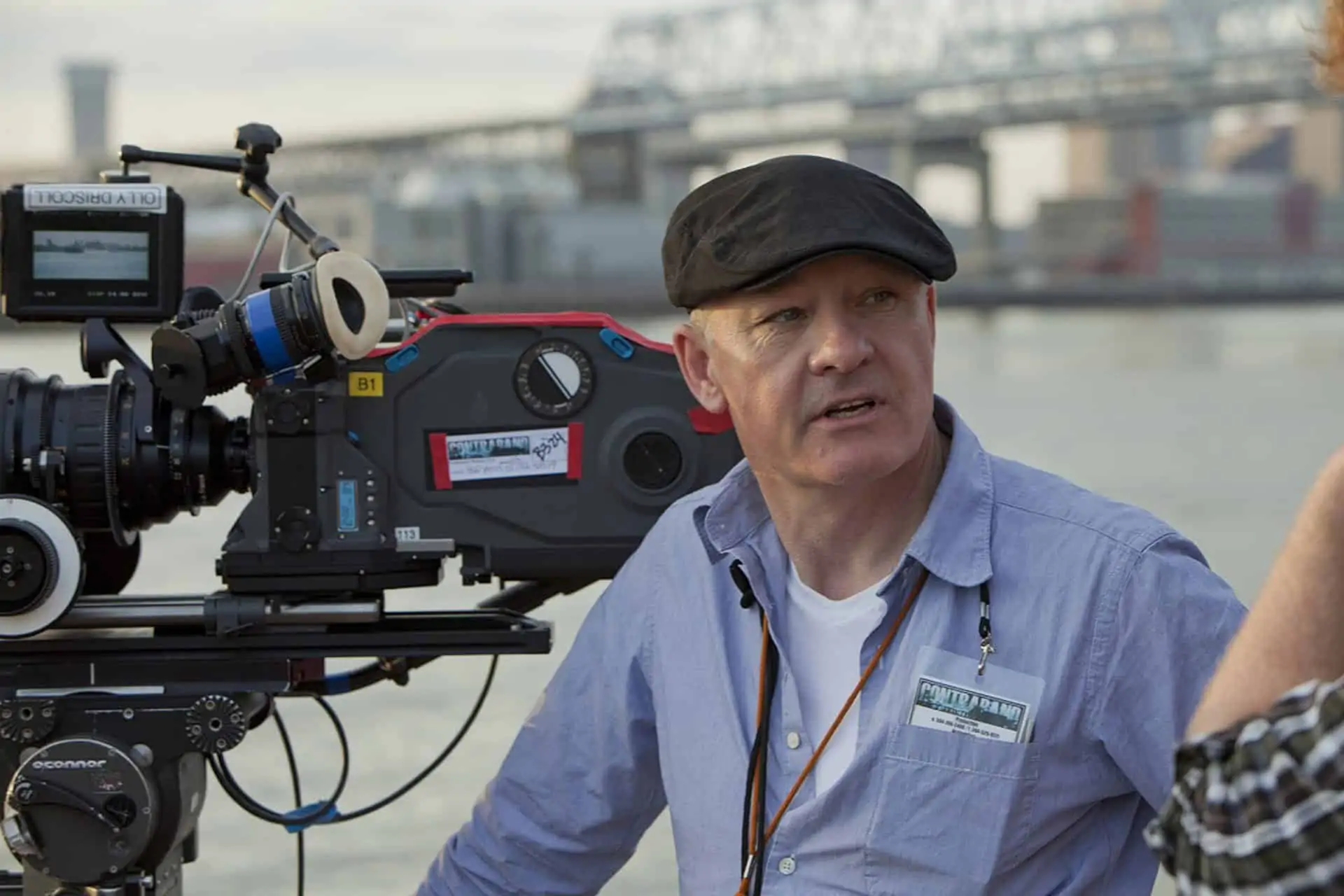
Q: In the last 10 years what has been the biggest change for you as a cinematographer?
A: Obviously the change from a purely celluloid to a celluloid and digital world. The other big thing is that we haven’t been able to increase our profile as cinematographers – being considered “below the line” – when cinematography is the keystone of any film.
Q: What do you feel are the biggest challenges facing cinematographers today?
A: On the technical level, it’s the unfathomable menus that the emerging digi-designers seem to need to justify their cameras. I wish that the major technology players in this world would spend some time talking with cinematographers to decide what is necessary, rather than what is possible. The other challenge is the struggle to get fair reward for the crews who make the films.
Q: What developments would you like to see in the future?
A: Firstly, we need to ensure that celluloid remains available, as a choice for cinematographers and directors. We have gone through a brilliant period where post production, particularly the DI, is in the hands of the filmmakers and the talents of the colourists. But, the move up into 4K and beyond is only driven by attempts to ‘neutralise’ the importance of the decisions made on-set, in the real world. Our best way to counter that is to create more and better films.
Q: What has been the most significant technological development in the last 10 years?
A: I would say that visual effects have made the greatest leap forward in the last 10 years. Cameras are still film or “can make it look like film” cameras. 3D is a gimmick and has no place in storytelling.
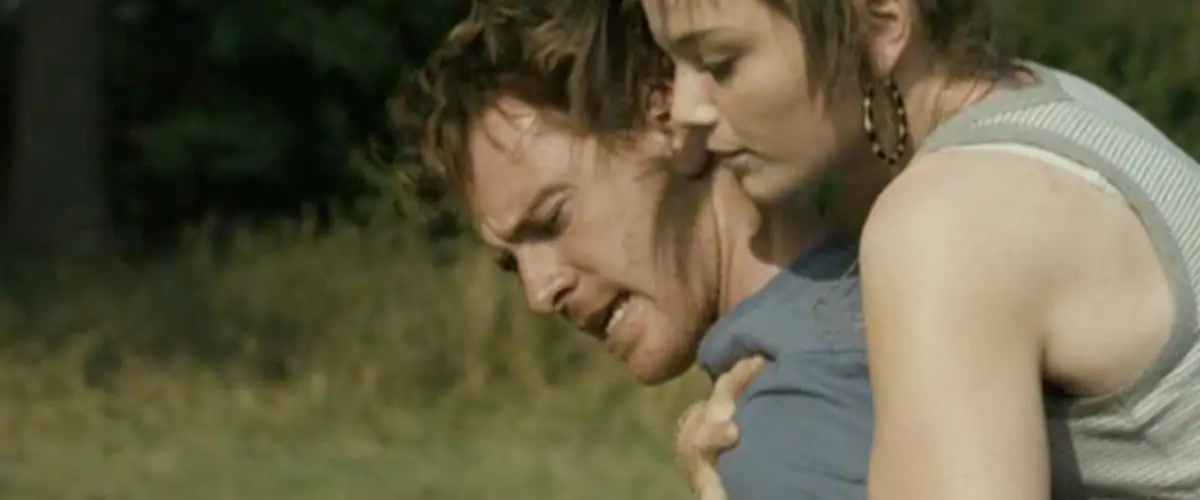
Q: What films, or which cinematographer’s work, have you been most impressed with in the last 10 years?
A: I am most impressed with the bunch of younger British cinematographers who have embraced film as well as digital cameras and are making our cinema special. In Britain we have a strong history in filmmaking, defined by its invention, style and realism, its breaking new ground, putting British films at the heart of cinema. With each feature, from Red Riding: In the Year Of Our Lord 1974 (2009) onwards, Rob Hardy BSC continues to reveal his eloquence and huge potential. Haris Zambarloukos BSC, with films like Locke (2013) (top picture), showed his great mastery of technique, and it’s great to see him applying his considerable skills here in the UK on British productions. Robbie Ryan BSC’s work is edgy, and he embraces the classic low-budget British films, like Andrea Arnold’s Red Road (2006) and Fish Tank (2006) – when we make some of our very best films – exceptionally well. There are many more British cinematographers in the wings who are going to do great things and make some really good films in the future.
- Richard Crudo ASC -
American Pie (1999), Brooklyn Rules (2007), Justified (2012-14), Dirty People (2014)
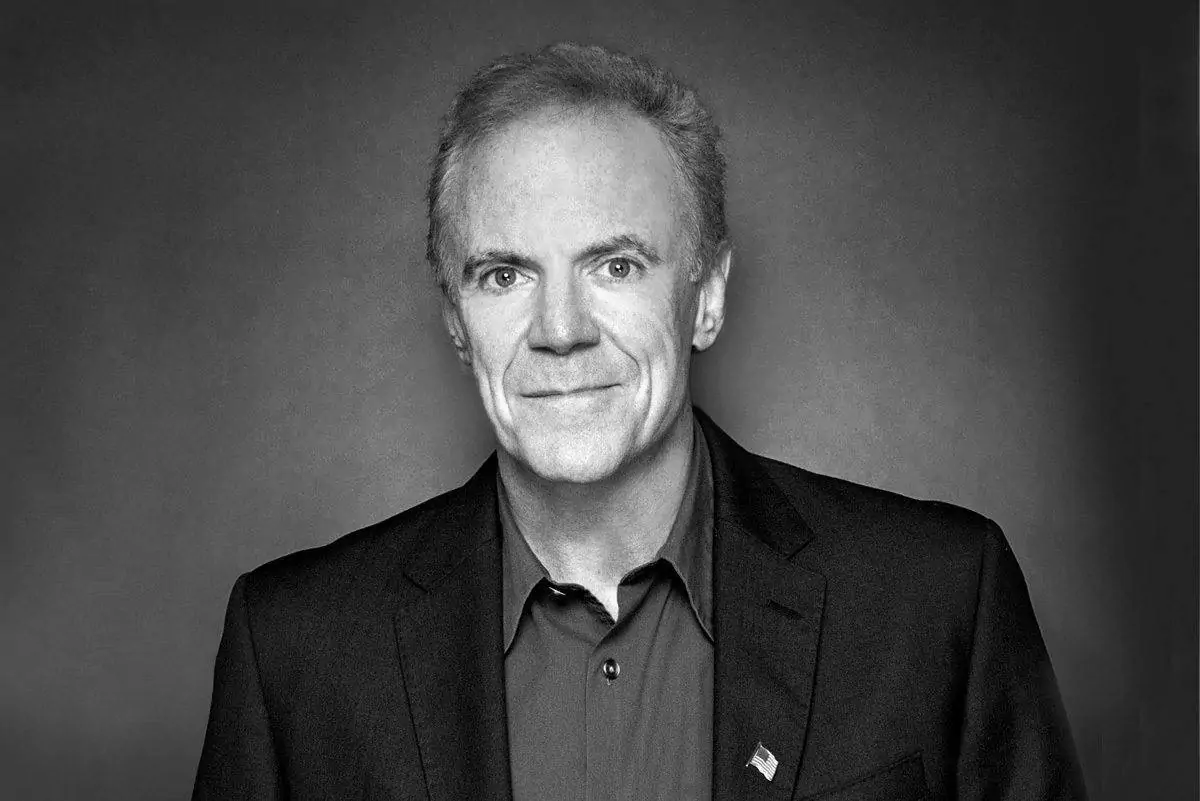
Q: In the last 10 years what has been the biggest change for you as a cinematographer?
A: Well, obviously, everything that’s implied by the transition from a film-based to digital-based industry. For people just starting out, it's a shame that they'll never know the beauty, elegance and most importantly the simplicity of the negative-positive process. We're currently experiencing a lot of fall-out from what has happened, and not a lot of it has been for the better.
Q: What do you feel are the biggest challenges facing cinematographers today?
A: In addition to keeping up with the constantly changing nature of digital technology, we're all being forced to deal with something much more insidious – the erosion of respect for our job and our position in the creative process. Because they can now view an immediate image on a monitor, some people in our industry think that qualifies them as some sort of Gordon Willis. Well, those very same individuals own laptops loaded with easy-to-use word processing software. To date I haven't noticed any emerging Ernest Hemmingways among them.
Q: What are your thoughts on digital image quality vs. film?
A: Even at this advanced date, there’s no question that the photochemical image remains the gold standard for motion pictures. You can break it down in any number of ways on the technical level, but let's cut the nonsense and get to the only point that matters – film just looks better – and that’s all that matters. On the up side however, at this very moment, the look of the digitally-originated image is as bad as we will ever see it – and it’s already pretty impressive. Things are improving constantly, and I have no doubt digital will not only equal but surpass the look of film in the very near future.
Q: What developments would you like to see in the future?
A: All this chasing after greater resolution is a matter of mistaking movement for progress. 2K looks great. 4K looks better. But 8K, 16K, 32K? It’s a case of diminishing returns. With six million rods and cones in the human eye, there’s a limit to how much we can actually see. Instead, I'd like to see the efforts of our manufacturers oriented toward delivering better colour depth, better blacks and contrast, a universally interoperable system of colour management, and simpler, sturdier cameras that are part of a workable system. I’d also like to see certain camera manufacturers – they know who they are – get out of the ‘prosumer’ mindset. Stop trying to straddle the two camps and give us what we need and want, minus the extraneous garbage.
Q: What has been the most significant technological development in the last 10 years?
A: The Nutri-Bullet.
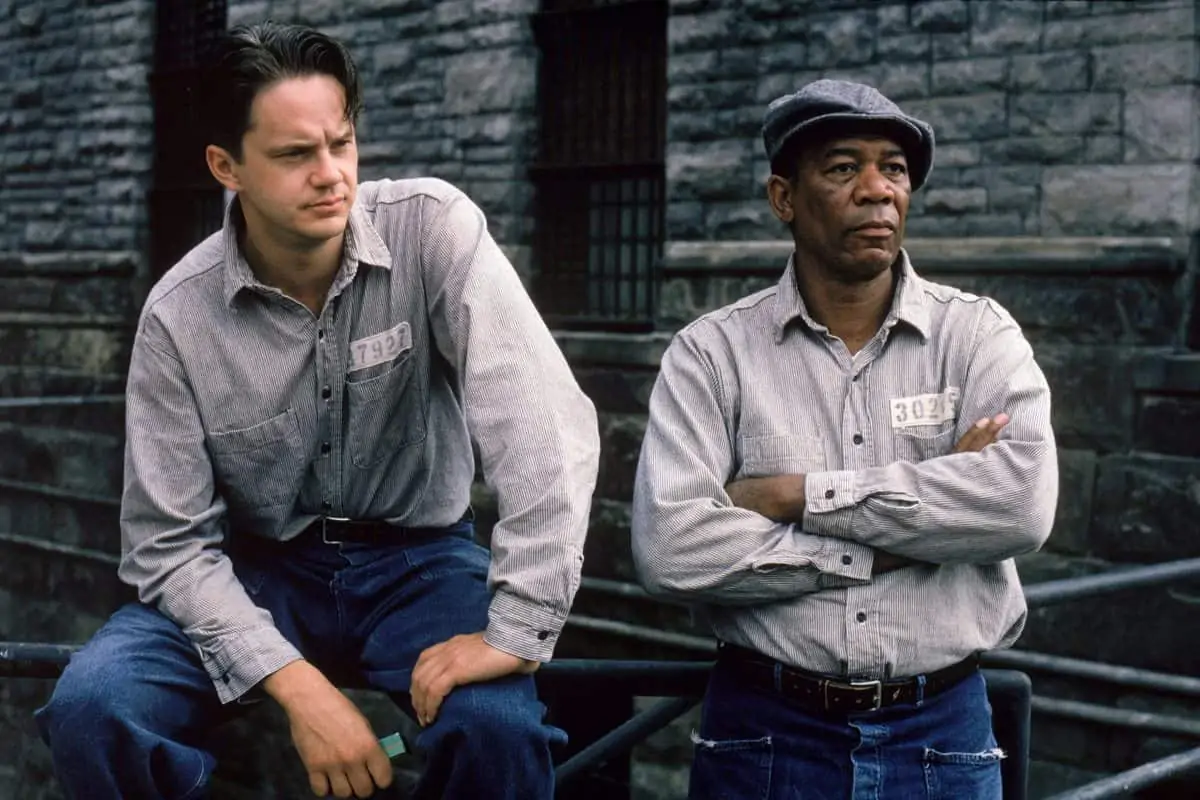
Q: What films, or which cinematographer’s work, have you been most impressed with in the last 10 years?
A: Virtually everything shot by Roger Deakins, Caleb Deschanel, Bob Elswit and John Toll. These guys are uniquely talented and have done the most to bring the tradition of superbly crafted cinematography into the modern era.
- Reed Morano ASC -
Frozen River (2008), Kill Your Darlings (2013), The Skeleton Twins (2014), HBO's Looking (2014)
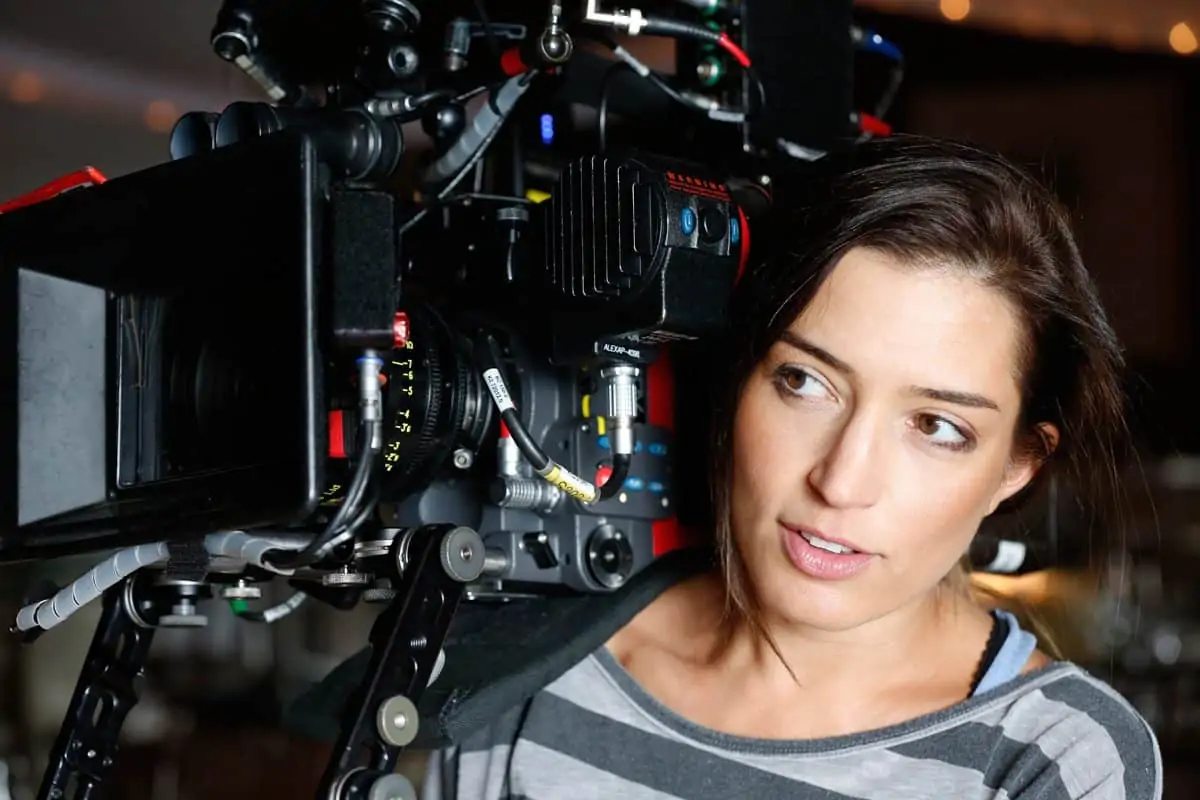
Q: In the last 10 years what has been the biggest change for you as a cinematographer?
A: When you're shooting film, there's a certain protocol on set. Shooting digital, you lose some of that. There is a loss of tradition and, although it’s not needed to tell stories, it’s something I love: the respect for the process when the sound of the film is running through the camera. It’s equal parts nostalgia as it is my attraction to the look and feel of film. I miss having to use my light meter and the adrenaline rush of not knowing what I’m getting until the dailies are back. It’s painful for me to watch this format that is so timeless, disappearing as we speak. I’d rather always have both film and digital as creative choices, because different stories have different needs. That said, I’m constantly surprised by the new advances in technology and what they’ve enabled me to achieve. To see my artform evolving is thrilling and does expand the possibilities for me as a storyteller. So, for me, the biggest change has been adjusting to the idea that everything that I shoot now on film might be the last thing I ever shoot on film. And that scares me.
Q: What do you feel are the biggest challenges facing cinematographers today?
A: As much as I embrace the new technology (most of what I shoot now is digital), I feel that this new way of working has diminished the mystique of what the cinematographer does. When shooting film, we would make magic with our light meters and the next day, the dailies would come back more beautiful than we could have imagined. With how transparent the new digital workflow is, as beneficial as it can be, it can invite a lot of unwanted discussion. Cinematography was a much more private, magical art.
Q: What are your thoughts on digital image quality vs. film?
A: Digital imagery has come a long way. It's at a point where the average person, and often the average filmmaker, can't tell the difference between digital and film. That's saying a lot and it's really promising for the future of our craft. It's gratifying making digital images, knowing that I can achieve a richer, softer, less clinical look, which I associate with a more cinematic feel. With digital acquisition, I find that I get even more experimental with the lighting. I know for me, I've always been daring and pushed the limits of film, but there is something about seeing what you’re getting in the moment, that allows you to take your vision a few steps farther.
Q: What developments would you like to see in the future?
A: Digital is still too clean-looking and very weak when it comes to exterior imagery. Exteriors still tend to feel flat and there’s almost a cheapness to them. Once the digital cameras can still maintain the depth, richness and texture that film has in all different levels of light, particularly outside, then I'll be happy. Since I shoot a lot of digital and I’m always using at least three filters at any time, I’d love to see a more efficient system for filtration in order to avoid stacking filters and getting filter reflections. A more convenient and quick behind-the-lens filtration system, or NDs in camera on the Alexa, would help reduce this problem.
Q: What has been the most significant technological development in the last 10 years?
A: For me, a huge technological development is having the ability to colour my footage on set. I can show people from the very beginning what my aesthetic intentions are. It's particularly crucial for me when shooting digital where my colour preferences are super-specific, and I have my own little “recipe” for how I like it to look. I have never been able to stomach Rec 709. Having that ability to manipulate the colour and contrast in the moment and make it more pleasing is a great luxury for me that I depend on.
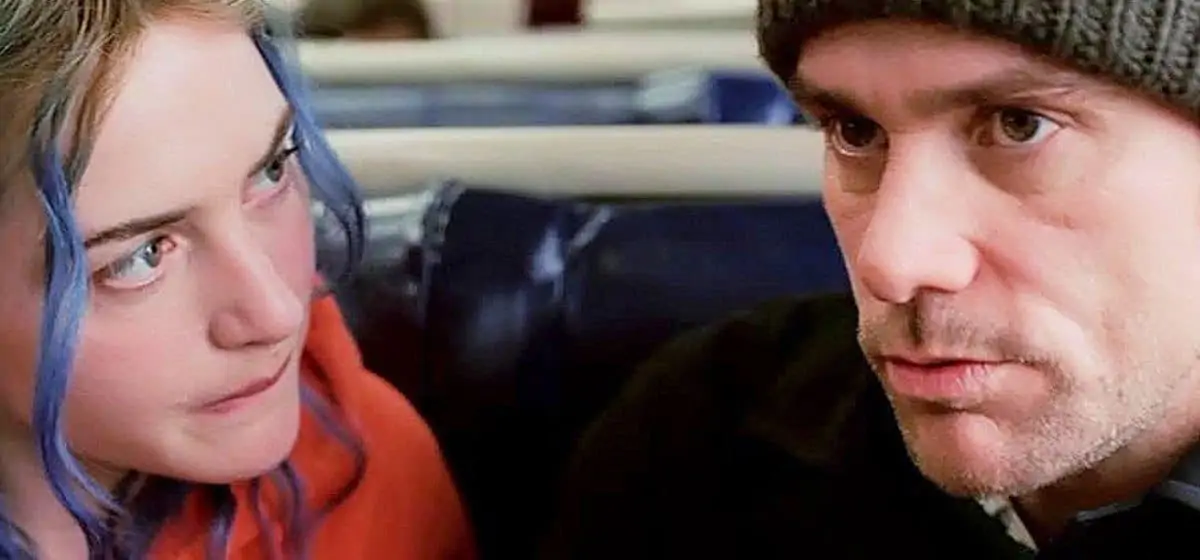
Q: What films, or which cinematographer’s work, have you been most impressed with in the last 10 years?
A: There have been so many cinematographers who have impressed me in the last ten years Tom Stern ASC, Greig Fraser ACS ASC and Emmanuel Lubezki AMC ASC. In terms of movies, Ellen Kuras' work has always been an inspiration to me. For example, in Eternal Sunshine Of The Spotless Mind (2004) it is the way she captured the emotion of the characters, the intimacy, the loneliness, the anger. The camera psychologically messes with your head, in the very best way. The lighting and camerawork are organic, intense and unforgettable. Sean Bobbitt BSC has an amazing sense of visual style. In Hunger (2008), each frame he shot is its own pristine, standalone photograph, and so much of that imagery has stayed with me. The composition and light are nothing short of masterful.
- Phedon Papamichael ASC -
Sideways (2004), Walk The Line (2005), 3:10 To Yuma (2007), Nebraska (2013)
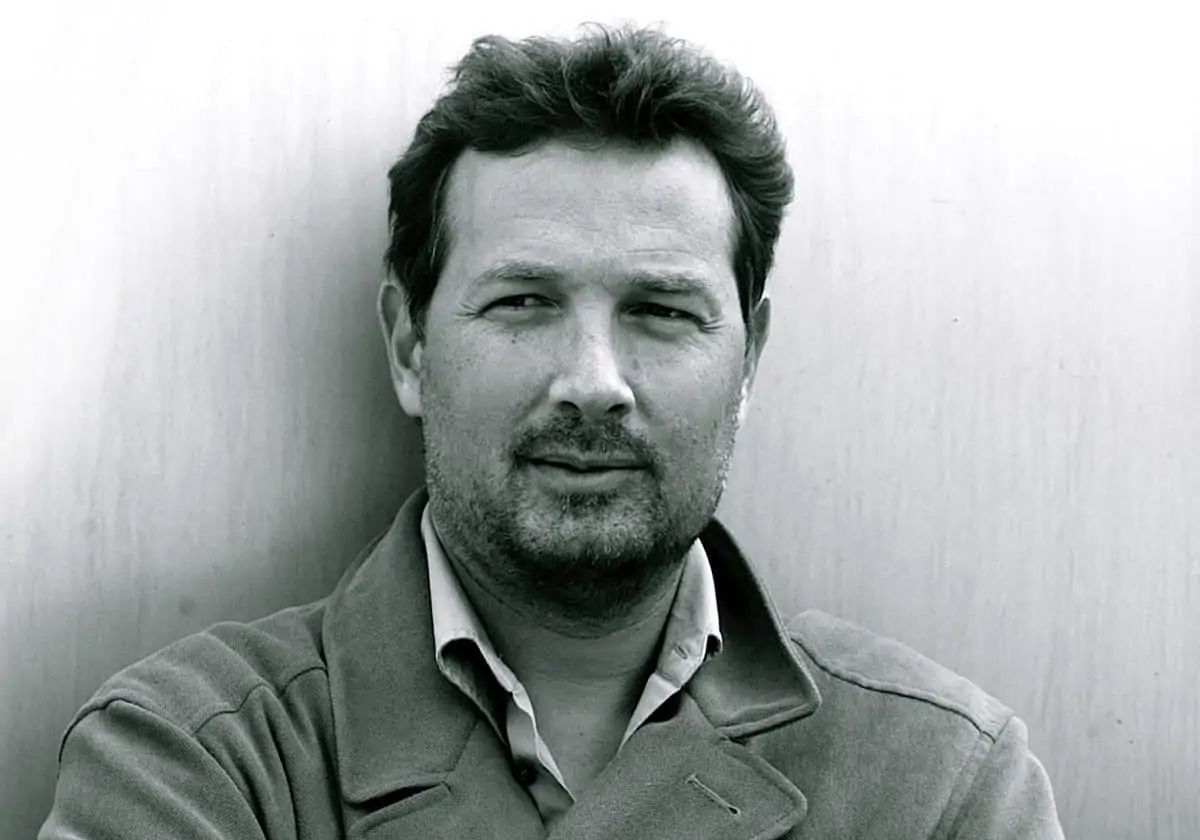
Q: In the last 10 years what has been the biggest change for you as a cinematographer?
A: Undeniably the emergence of digital cinema as our primary way of capturing films. There have certainly been adjustments that we have had to make. The process is different, but I don’t feel creatively it’s made a difference. It hasn't changed what cinematography is about. We still have to tell a story, compose, and work with actors and directors. We just go about it differently. I used to use my meter and now I’m using a monitor as a tool to light with. But I’m still painting with light and creating atmospheres that are appropriate for the story.
Q: What do you feel are the biggest challenges facing cinematographers today?
A: The pace of the development of our gear has just exploded. The challenge is keeping up with all the tools that become available on monthly basis. I wait until I have a project and know specifically how I want to approach it technically. Then I inform myself about what’s available when I’m starting pre-production because, even if you discover something six months prior to that, by the time you start shooting, there might be something else available that’s an improvement.
Q: What are your thoughts on digital image quality vs. film?
A: There’s a very slight margin separating the two. Digital imagery has really improved greatly. I still think there are certain situations where film handles it better. On The Monuments Men (2014) I was able to take advantage of those formats by shooting digitally for the low-light interiors and night exteriors, which are handled greatly by digital cameras. And then I used film for all the day exterior work. But I know that’s not going to be possible in the future.
Q: What developments would you like to see in the future?
A: I’m enjoying the freedom I’m getting from digital cameras, in that they are getting smaller and easier to handle. I’d like to see that continue – giving the filmmaker even more freedom to manoeuvre. I like the increase in sensitivity that I get through the digital camera, it gives me more freedom by using less lighting equipment. I’d like to see that increase and improve. My only concern with this new technology and digital cameras is I’m a little bit worried that the lighting craft, and classic ways of telling a story, might be getting lost. Because it’s technically not necessary to light to capture images, it doesn’t mean you don't still need to create a mood or atmosphere for the story that’s appropriate. I do find that the no light, natural light and handheld camera approaches can serve the story well, but I hope the more classic way of making movies does not get lost completely.
Q: What has been the most significant technological development in the last 10 years?
A: Digital cinema, digital projection – especially in projection. We keep forgetting that there were great flaws that varied from theatre to theatre, projector to projector, and for mass production of prints – no one could really QC them. I like the consistency that we have now with digital projection. Also I like the fact that it’s become so much more accessible for lower budget projects and young filmmakers to make a movie. That really wasn’t within their reach 10 years ago.
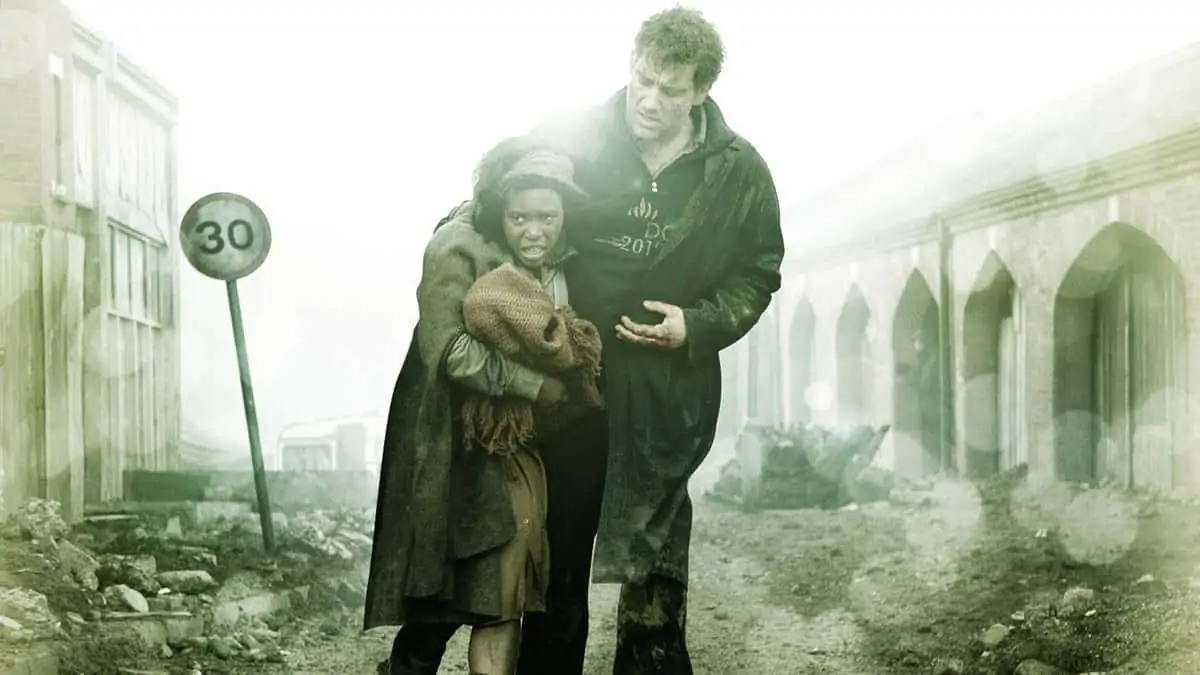
Q: What films or which cinematographer’s work have you been most impressed with in the last 10 years?
A: I’m a great fan of people that show a lot of diversity in their work. I’m very impressed with Emmanuel Lubezki AMC ASC’s work as he applied himself to A Little Princess (1995) to Y Tu Mama Tambien (2001) to Children Of Men (2006) and to Gravity (2013). I’m also impressed by a lot of emerging younger filmmakers and cinematographers, and how they take advances in technology and really come up with innovative new ways of telling stories and interpreting them with a less traditional approach.
>> Continue to Part 2 >>
